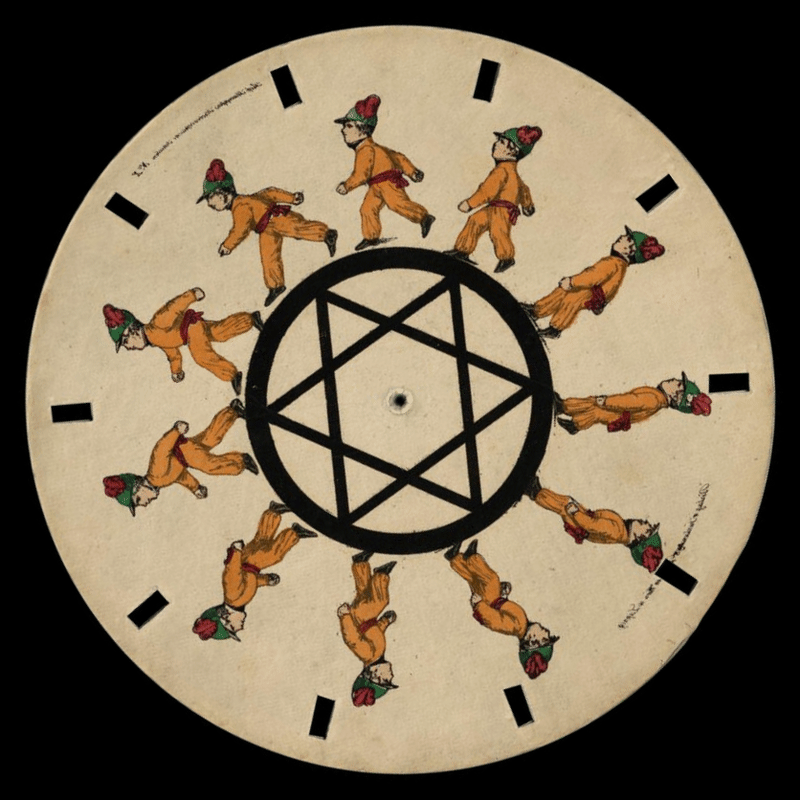|
L'Enfer (1994 Film)
''Hell'' (french: L'Enfer), titled ''Torment'' in the USA, is a 1994 French drama film directed by Claude Chabrol. It was adapted by Chabrol from the screenplay by Henri-Georges Clouzot for the unfinished film '' L'Enfer'', which Clouzot began shooting in 1964 but was unable to complete. The producer of Chabrol's film was Marin Karmitz and the leading actors were Emmanuelle Béart and François Cluzet. Plot summary Paul (Cluzet) and Nelly (Béart) are a married couple who run a successful hotel. Paul begins to suspect Nelly of being unfaithful, and eventually descends into paranoia from which there is no escape. Instead of the usual final caption, "The End", ''L'Enfer'' finishes on a caption that reads "Without end..." Cast * Emmanuelle Béart as Nelly * François Cluzet as Paul Prieur * Nathalie Cardone as Marylin * André Wilms as Doctor Arnoux * Marc Lavoine as Martineau * Christiane Minazzoli as Mme Vernon * Dora Doll as Mme Chabert * Mario David as Duhamel * Jean-Pier ... [...More Info...] [...Related Items...] OR: [Wikipedia] [Google] [Baidu] |
Claude Chabrol
Claude Henri Jean Chabrol (; 24 June 1930 – 12 September 2010) was a French film director and a member of the French New Wave (''nouvelle vague'') group of filmmakers who first came to prominence at the end of the 1950s. Like his colleagues and contemporaries Jean-Luc Godard, François Truffaut, Éric Rohmer and Jacques Rivette, Chabrol was a critic for the influential film magazine '' Cahiers du cinéma'' before beginning his career as a film maker. Chabrol's career began with '' Le Beau Serge'' (1958), inspired by Hitchcock's ''Shadow of a Doubt'' (1943). Thrillers became something of a trademark for Chabrol, with an approach characterized by a distanced objectivity. This is especially apparent in '' Les Biches'' (1968), ''La Femme infidèle'' (1969), and '' Le Boucher'' (1970) – all featuring Stéphane Audran, who was his wife at the time. Sometimes characterized as a "mainstream" New Wave director, Chabrol remained prolific and popular throughout his half-century ca ... [...More Info...] [...Related Items...] OR: [Wikipedia] [Google] [Baidu] |
Henri-Georges Clouzot's Inferno
''Henri-Georges Clouzot's Inferno'' (French title: ''L'Enfer d'Henri-Georges Clouzot'') is a film directed, written and produced by Henri-Georges Clouzot, cinematography by Andréas Winding and Armand Thirard, which remained unfinished in 1964. It was presented in 2009 as a full-length semi-documentary by . History The film depicts the extreme jealousy of a hotelier, Marcel (Serge Reggiani, then 42 years old), towards his wife, Odette (Romy Schneider, then 26 years old). It was shot partly in black-and-white, partly in colour. Clouzot selected the title as an allusion to Dante's ''Inferno'', and the names Odette and Marcel refer to characters in Marcel Proust's novel ''À la recherche du temps perdu. Despite an unlimited budget from Columbia Pictures—Clouzot worked with three crews and 150 technicians—the shooting was beset by severe problems: everyone suffered from the record heat during July in the Cantal region; the main actor Serge Reggiani claimed to be ill (Jean-Louis ... [...More Info...] [...Related Items...] OR: [Wikipedia] [Google] [Baidu] |
Films Produced By Marin Karmitz
A film also called a movie, motion picture, moving picture, picture, photoplay or (slang) flick is a work of visual art that simulates experiences and otherwise communicates ideas, stories, perceptions, feelings, beauty, or atmosphere through the use of moving images. These images are generally accompanied by sound and, more rarely, other sensory stimulations. The word "cinema", short for cinematography, is often used to refer to filmmaking and the film industry, and to the art form that is the result of it. Recording and transmission of film The moving images of a film are created by photographing actual scenes with a motion-picture camera, by photographing drawings or miniature models using traditional animation techniques, by means of CGI and computer animation, or by a combination of some or all of these techniques, and other visual effects. Before the introduction of digital production, series of still images were recorded on a strip of chemically sensitize ... [...More Info...] [...Related Items...] OR: [Wikipedia] [Google] [Baidu] |
Adultery In Films
Adultery (from Latin ''adulterium'') is extramarital sex that is considered objectionable on social, religious, moral, or legal grounds. Although the Human sexual activity, sexual activities that constitute adultery vary, as well as the social, religious, and legal consequences, the concept exists in many cultures and is similar in Christianity, Judaism and Islam. Adultery is viewed by many jurisdictions as offensive to public morals, undermining the marriage relationship. Historically, many cultures considered adultery a very serious crime, some subject to severe punishment, usually for the woman and sometimes for the man, with penalties including capital punishment, mutilation, or torture. Such punishments have gradually fallen into disfavor, especially in Western countries from the 19th century. In countries where adultery is still a criminal offense, punishments range from fine (penalty), fines to caning and even capital punishment. Since the 20th century, Criminal Law (Sex ... [...More Info...] [...Related Items...] OR: [Wikipedia] [Google] [Baidu] |
Films Directed By Claude Chabrol
A film also called a movie, motion picture, moving picture, picture, photoplay or (slang) flick is a work of visual art that simulates experiences and otherwise communicates ideas, stories, perceptions, feelings, beauty, or atmosphere through the use of moving images. These images are generally accompanied by sound and, more rarely, other sensory stimulations. The word "cinema", short for cinematography, is often used to refer to filmmaking and the film industry, and to the art form that is the result of it. Recording and transmission of film The moving images of a film are created by photographing actual scenes with a motion-picture camera, by photographing drawings or miniature models using traditional animation techniques, by means of CGI and computer animation, or by a combination of some or all of these techniques, and other visual effects. Before the introduction of digital production, series of still images were recorded on a strip of chemically sensitiz ... [...More Info...] [...Related Items...] OR: [Wikipedia] [Google] [Baidu] |


